From Asia to SA: palaeoscience’s problem with diversity
This post was written by Paige Madison, a PhD candidate at the Institute of Human Origins at Arizona State University in the US.
When HERI put out a call for “black womxn and trans students passionate about studying human origins in Africa as part of a diverse and inclusive team” last year, I was thrilled.
As a historian of science, I am all too familiar with a lack of diversity in the science of human origins. Examining the history of palaeoanthropology often consists of looking at a single demographic, and that is overwhelmingly: men from western countries.
Having just one demographic generating scientific knowledge, we know, is problematic not only ethically and morally, but also in terms of scientific progress.
“Diversity is beneficial,” a writer once argued, “precisely because we react differently to people who are different from us. If the end goal is excellence, diversity is an essential ingredient.”
The problem of lacking diversity is rooted in the discipline’s history. Palaeoanthropology was initially very much a colonial enterprise.
The story of the infamous Taung Child from South Africa is a perfect example - Australian born and British educated Raymond Dart was only in Johannesburg because he had been sent to help expand the British “empire of scholars”, constructing networks from the imperial centre to distant colonial outposts, says research.
What’s more, the objects studied in palaeoanthropology in history were often (though not always) removed from the country of origin, and studied by a select few (usually foreigners), without the input of the local people.
There have been shifts in palaeoanthropology in recent years, but the change is slow and uneven. And because the starting point was so unequal, it will take a lot of correcting to provide an even playing field for researchers of all backgrounds.
Concentrated efforts, including those unfolding at HERI, are essential to changing the landscape of who is involved in the science, and what resources they are given to participate.
Giving a talk at HERI was thus exciting, as I knew some of our interests and values aligned. It was simultaneously a little scary, given that I was essentially preaching about the importance of diversity to a department that was already committed to taking steps to increase that diversity.
Fortunately, any nerves were quickly diminished, as an engaged audience followed along with examples from my research, drawn mostly from Indonesia. Interestingly, those provided a case study to compare postcolonial science against the case of South Africa.
Specifically, it emerged that the issues faced in palaeoscience today are shaped by deep political, economic, and cultural histories. Solutions, therefore, require recognising and engaging with the ways those influences have shaped science.
The comparative example my talk brought between Asia and South Africa seemed to highlight the different ways of facing diversity problems, seeding ideas and conversations that I am certain will continue to grow and evolve.
Based on this, the lasting consequences of the talk I was so kindly invited to give are probably still on the horizon.
Reflecting on my time at HERI, the words that come to mind are “openness” and “perspectives”.
I appreciate the institute’s commitment to exploring future solutions for issues facing palaeoscience today, and I am grateful for the new perspective I gained about South African palaeoanthropology from this fascinating group of researchers.
